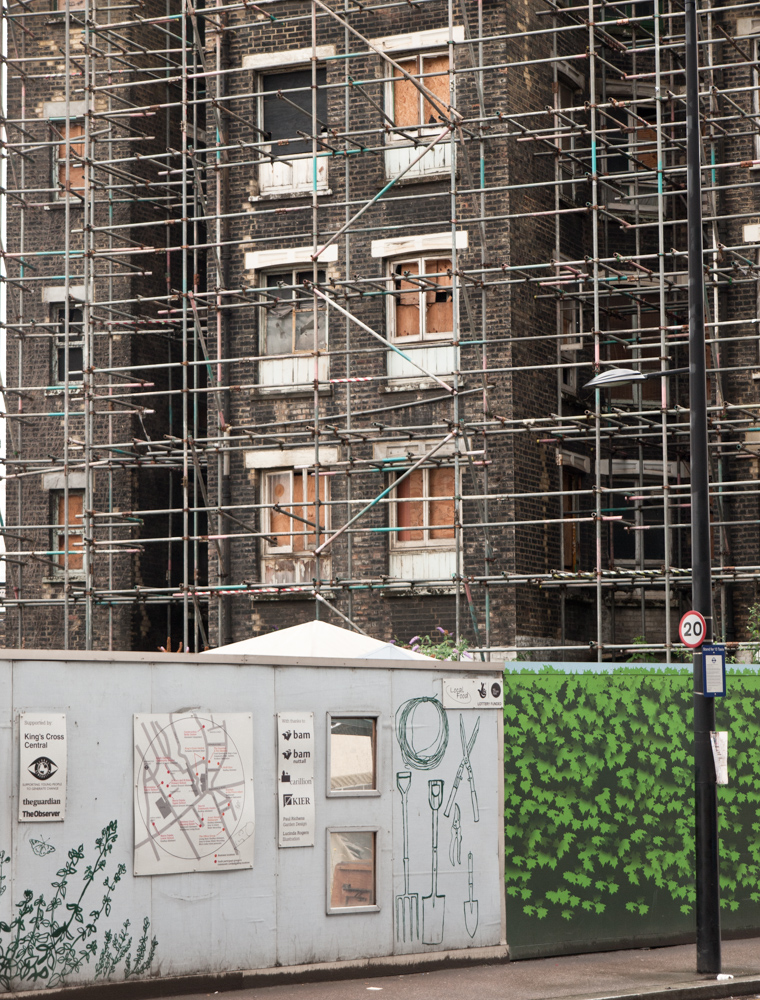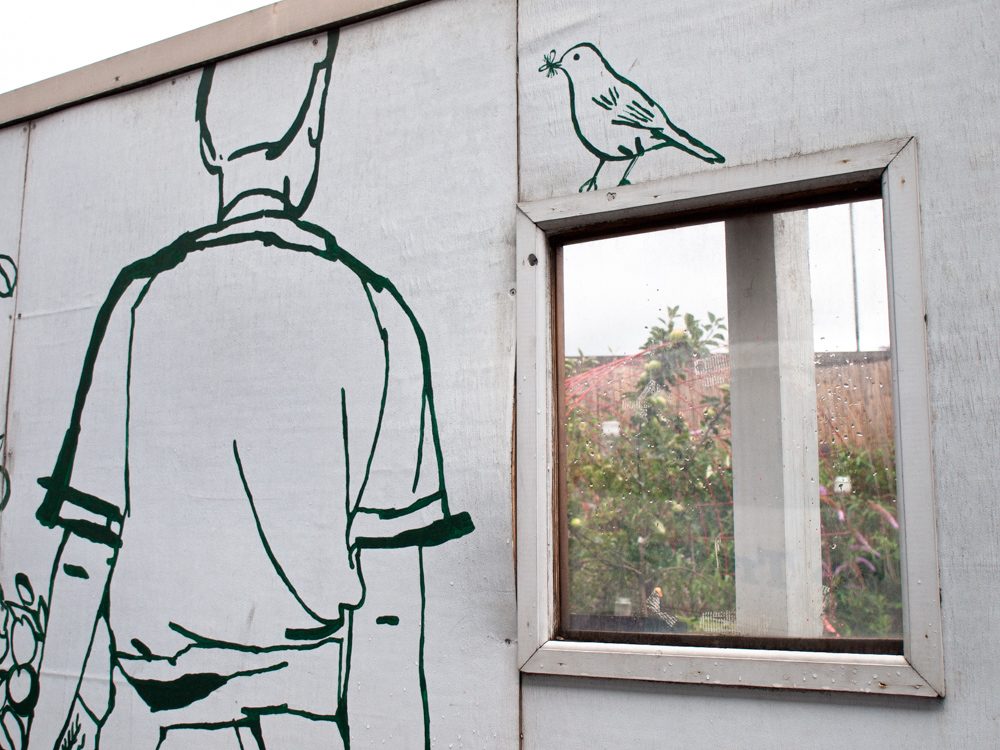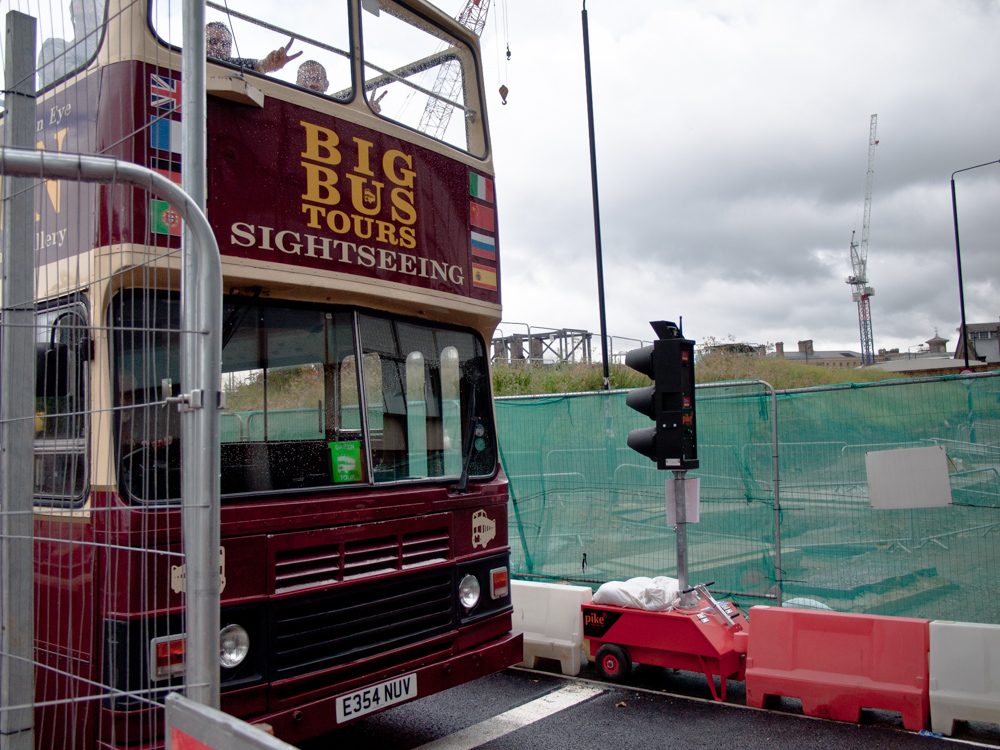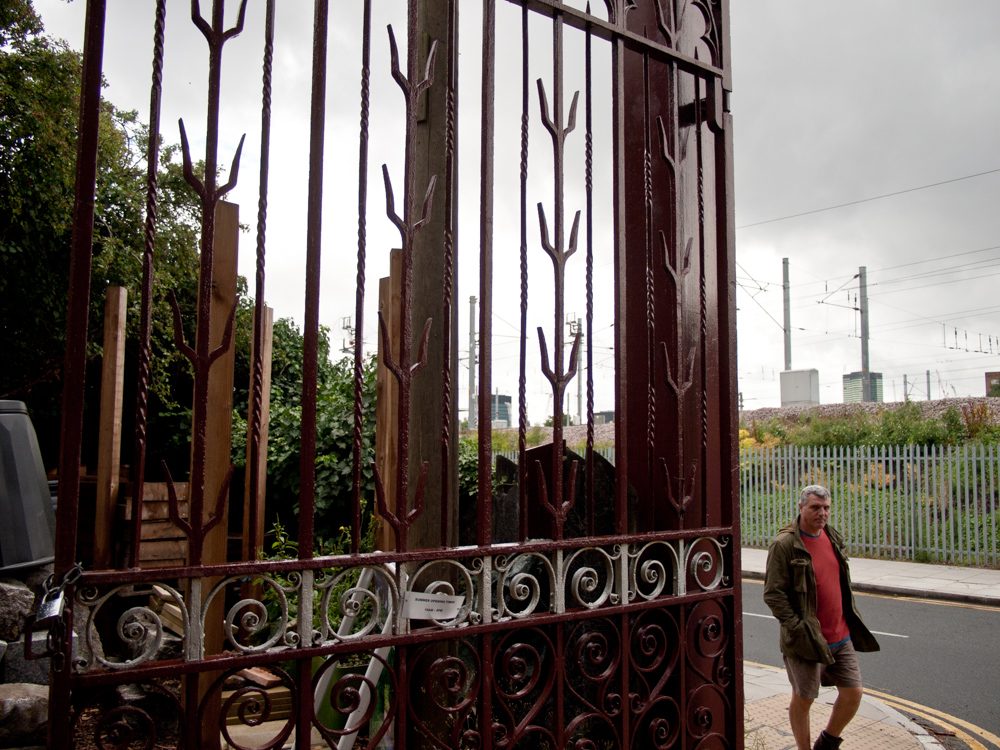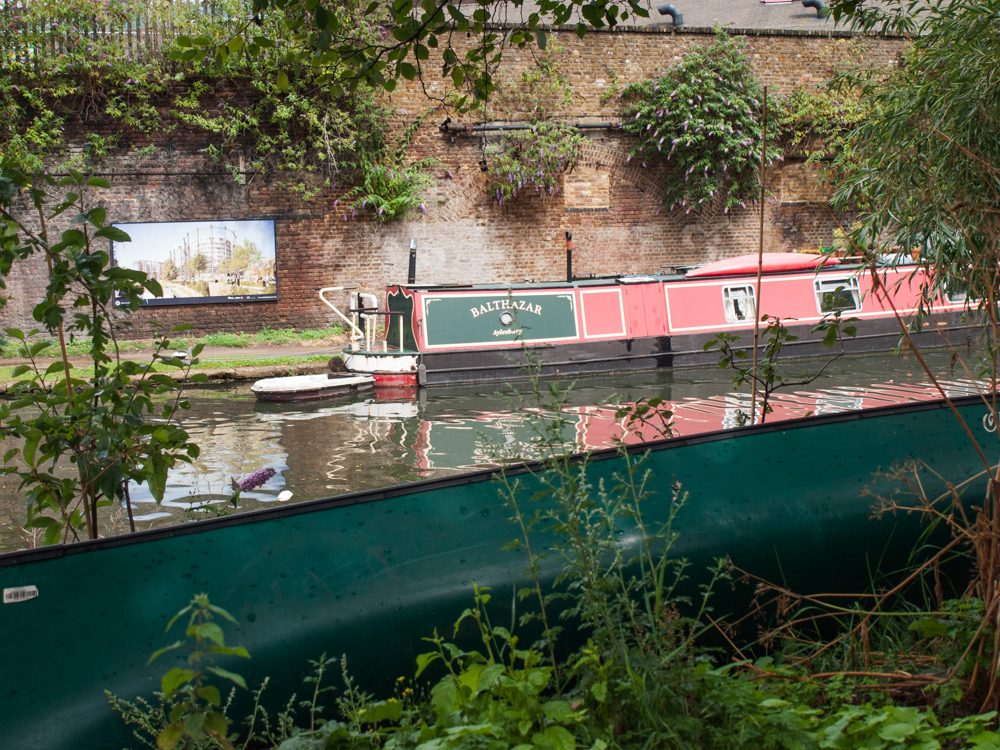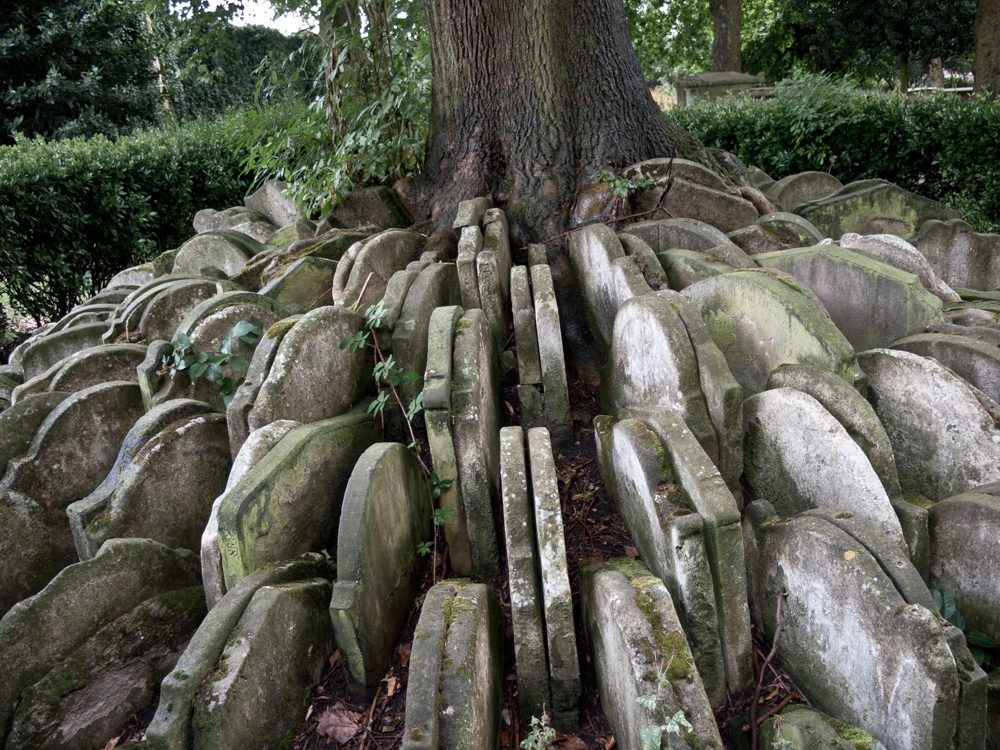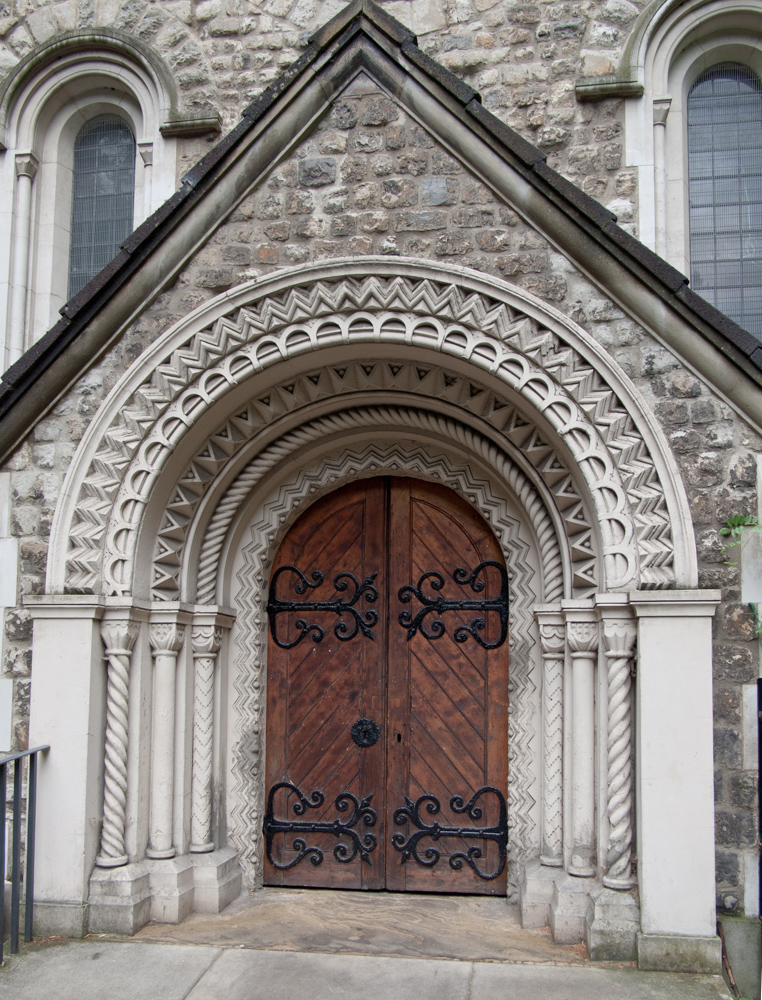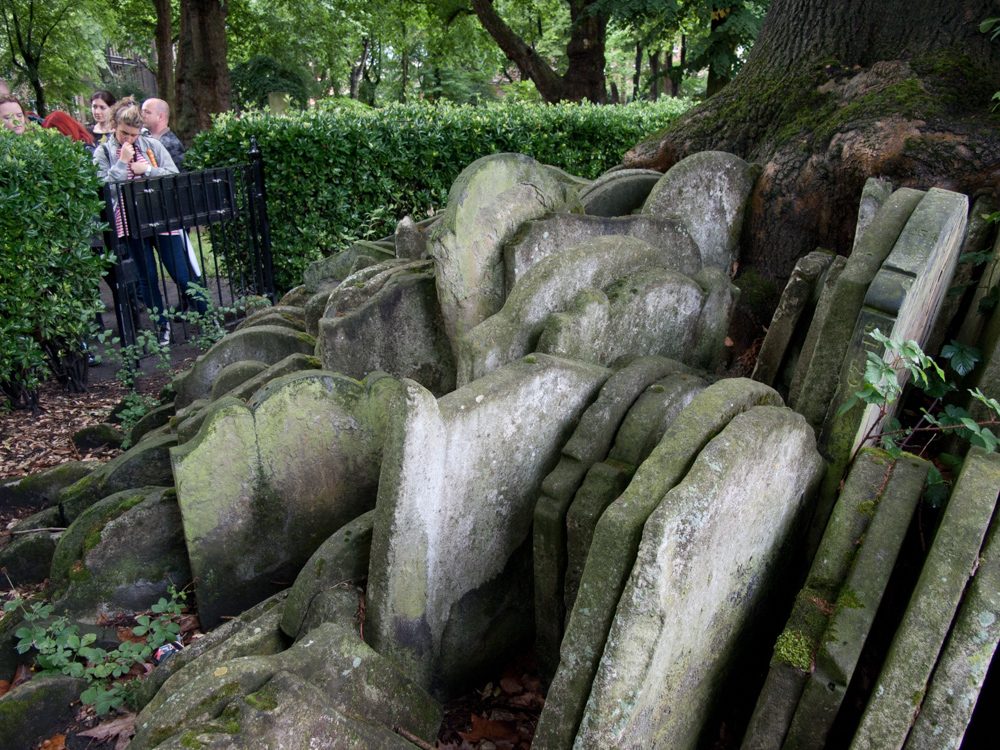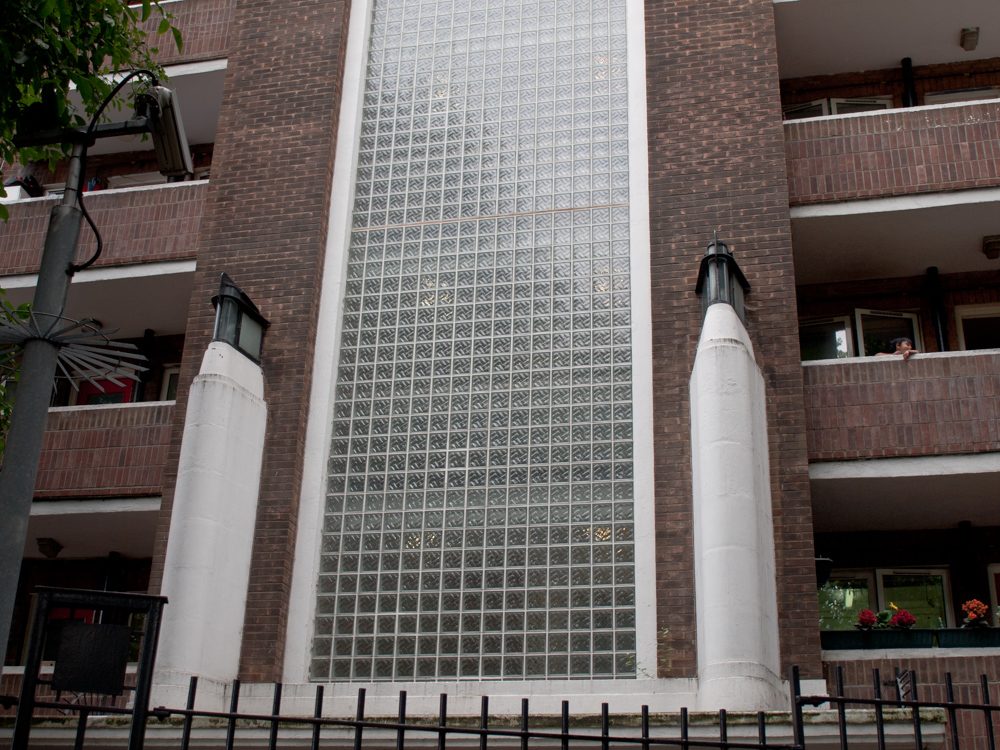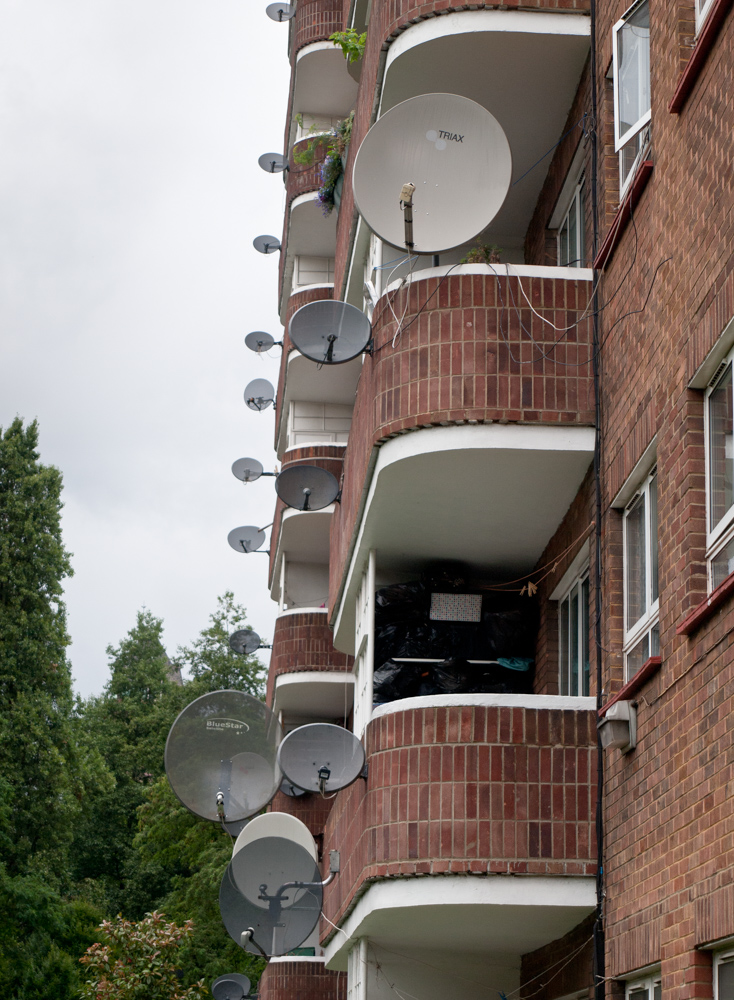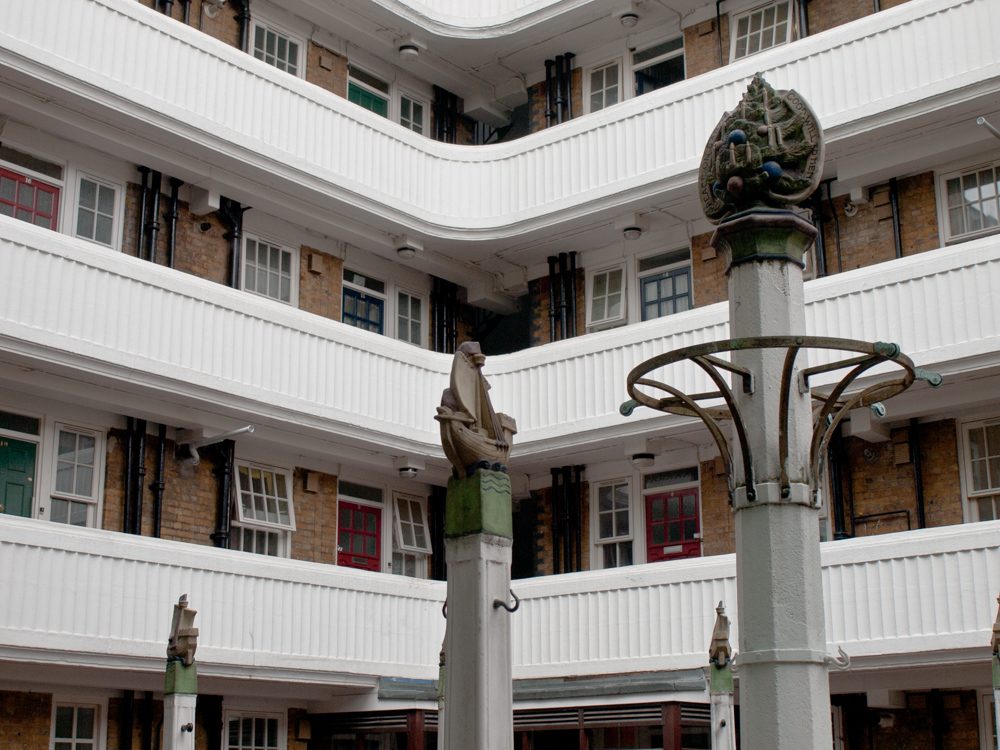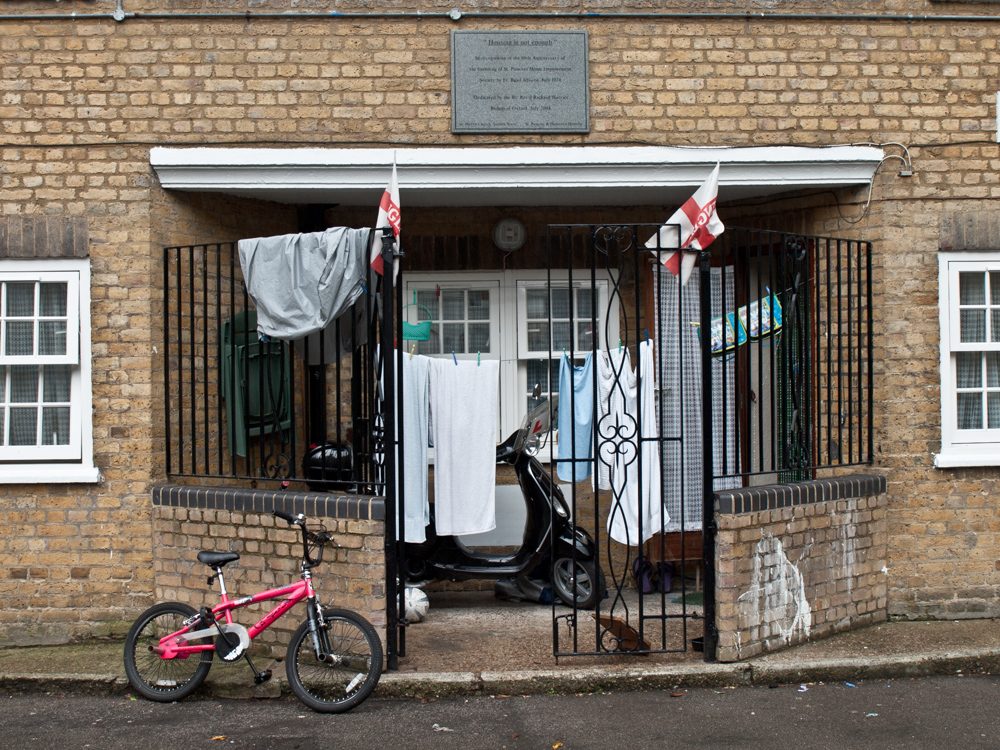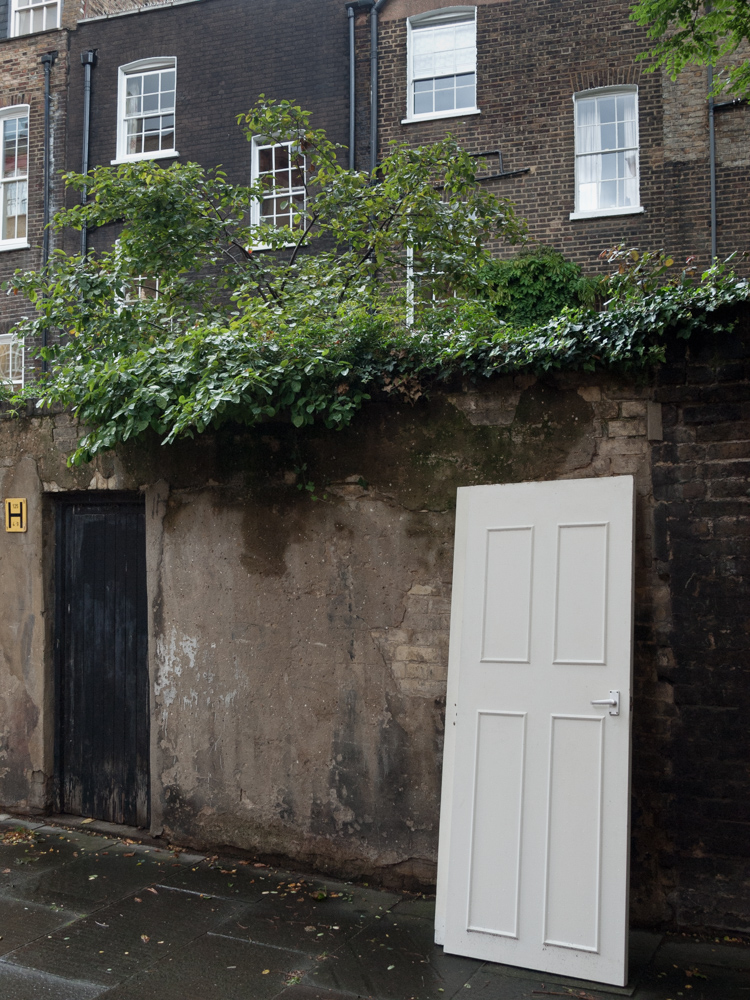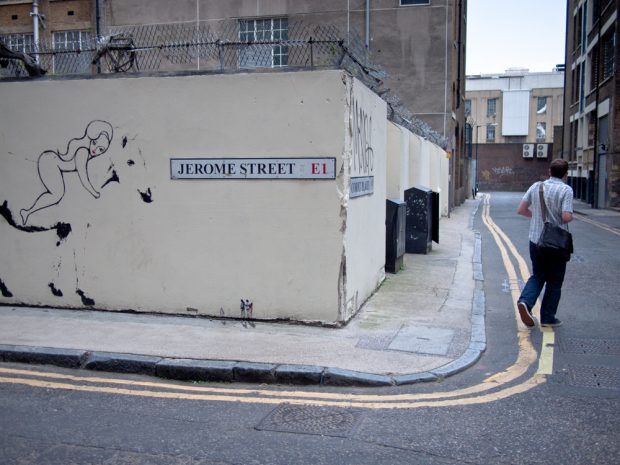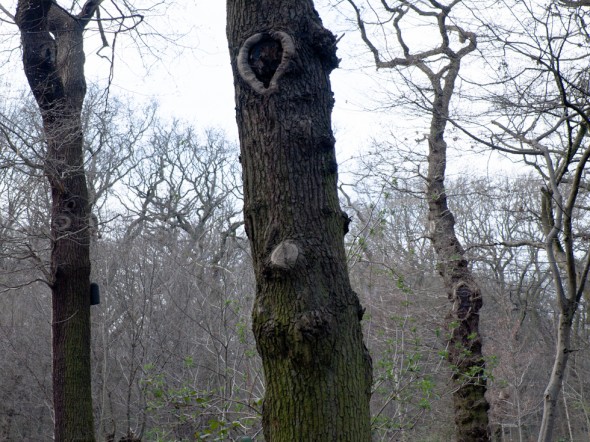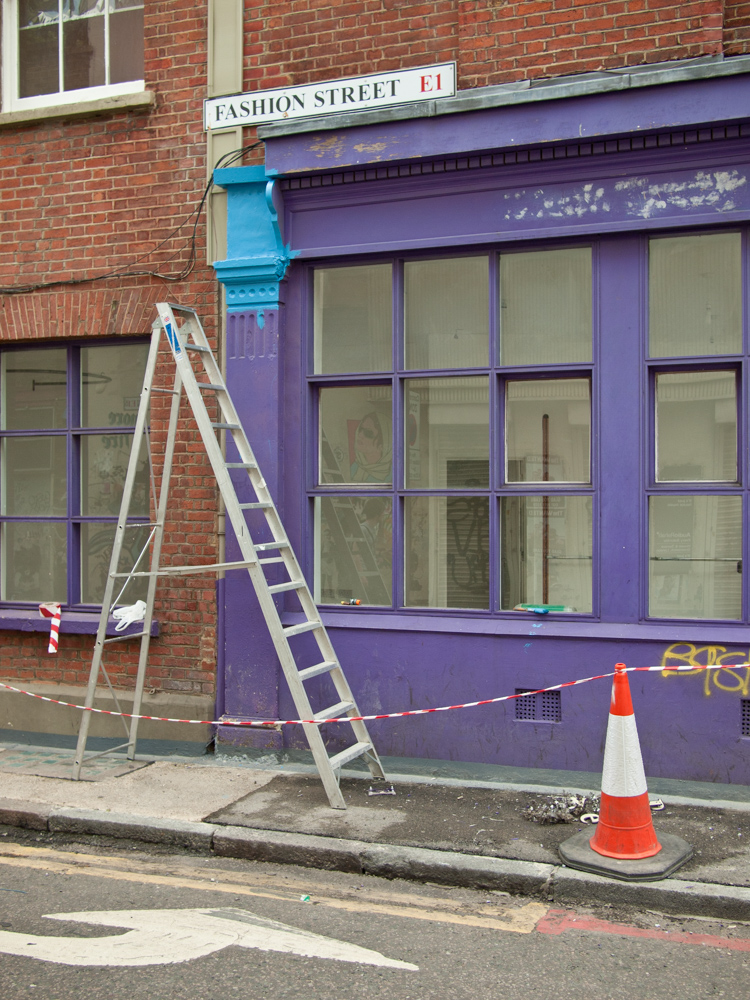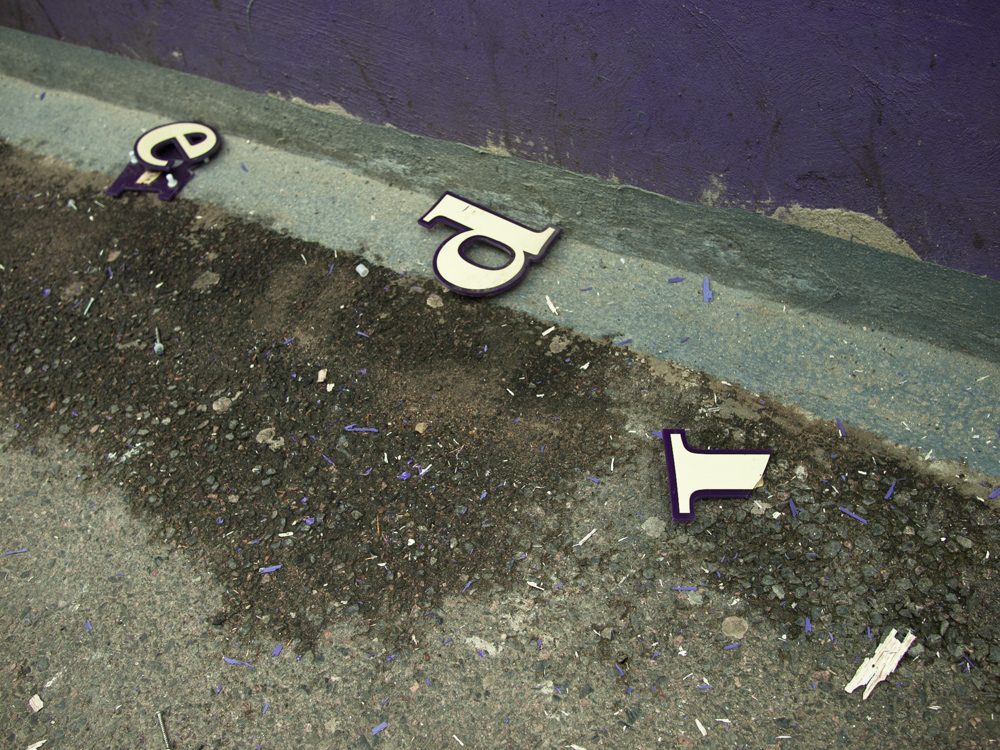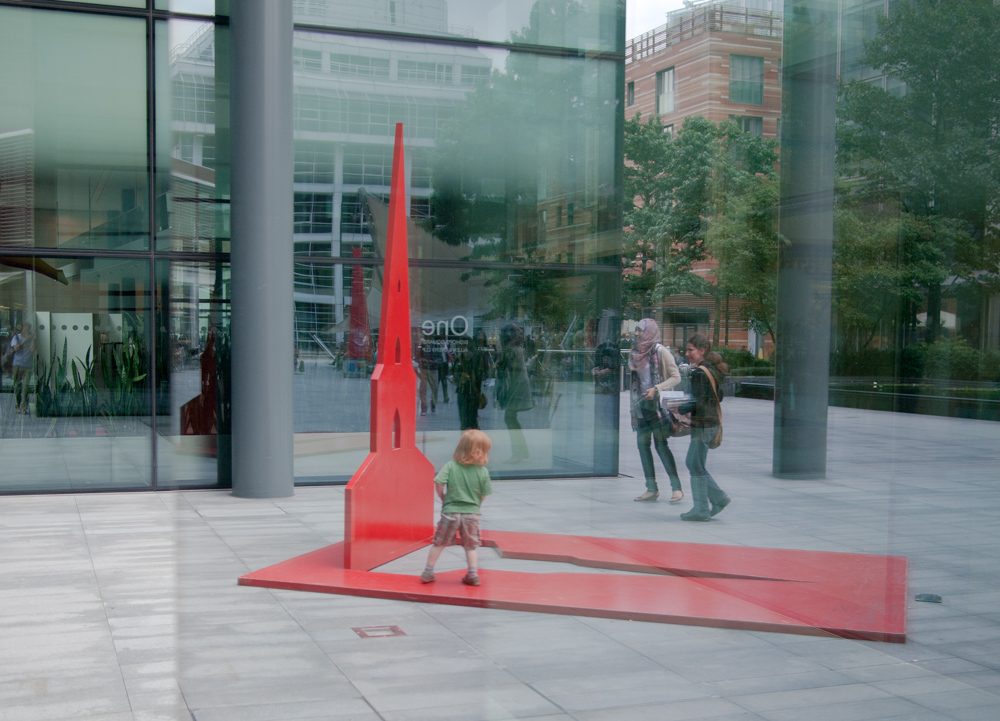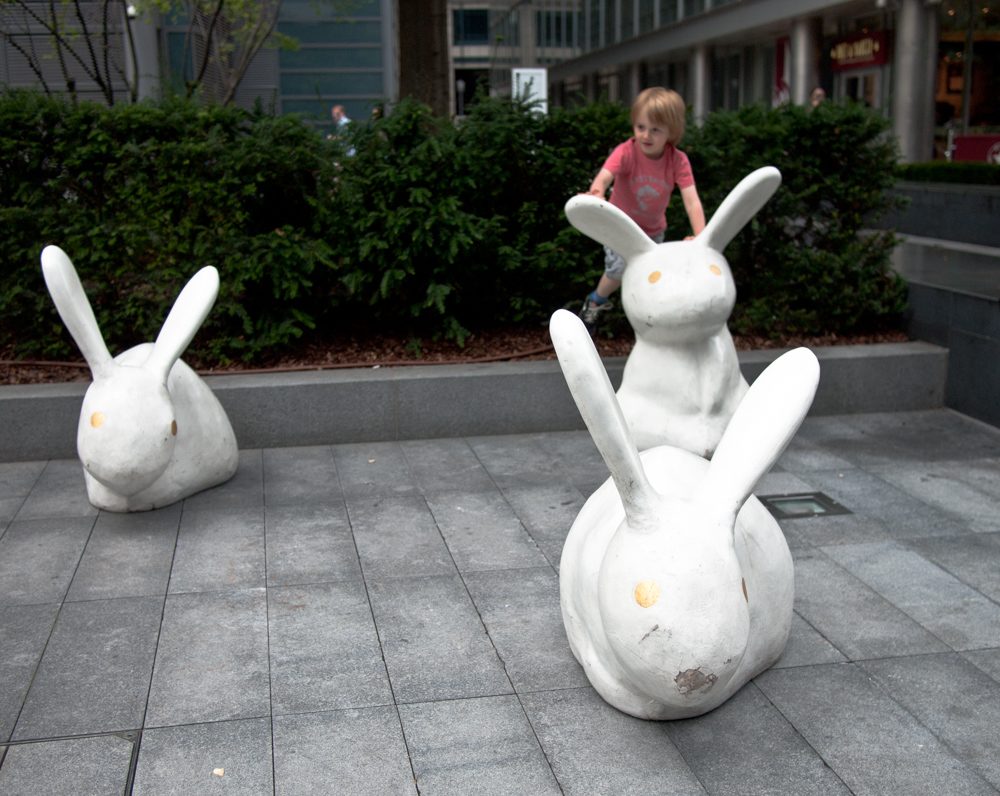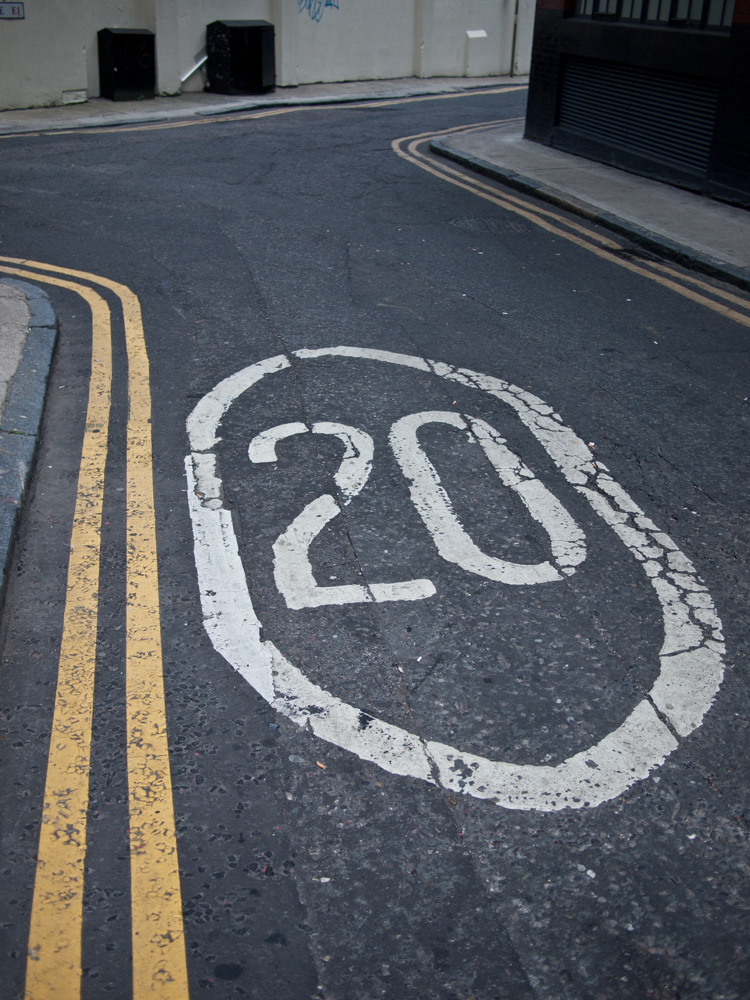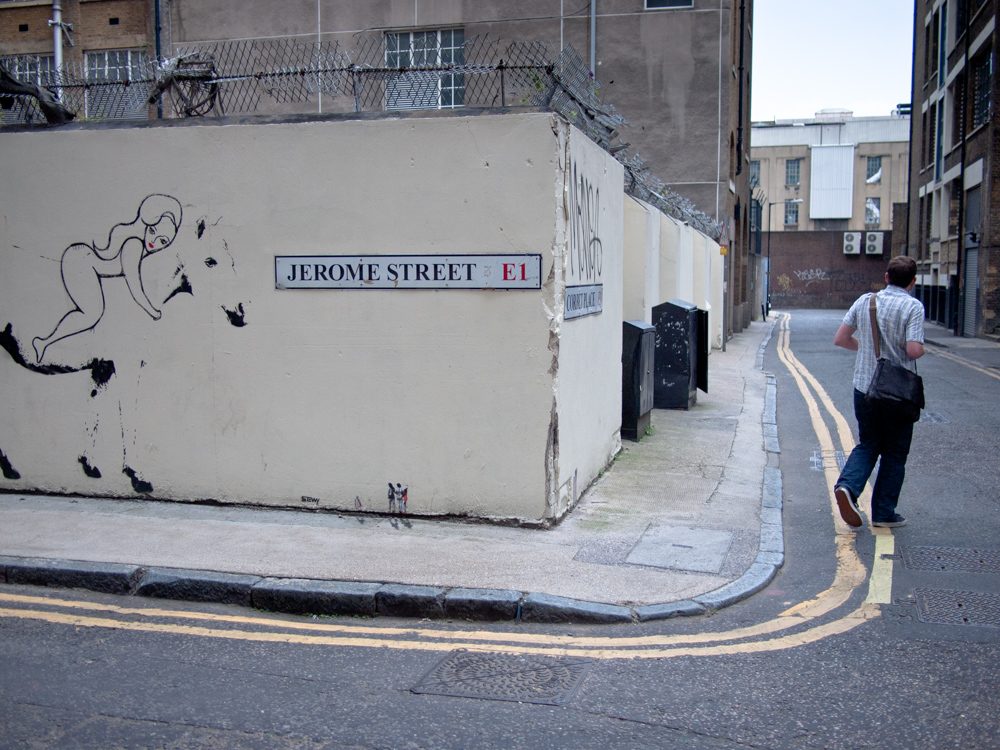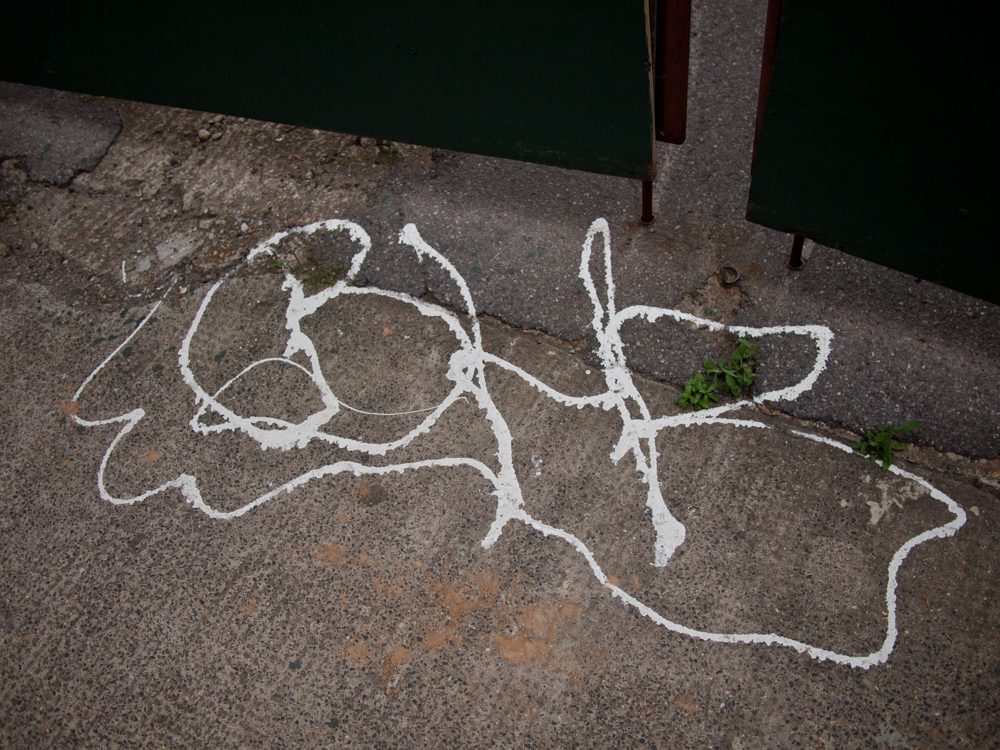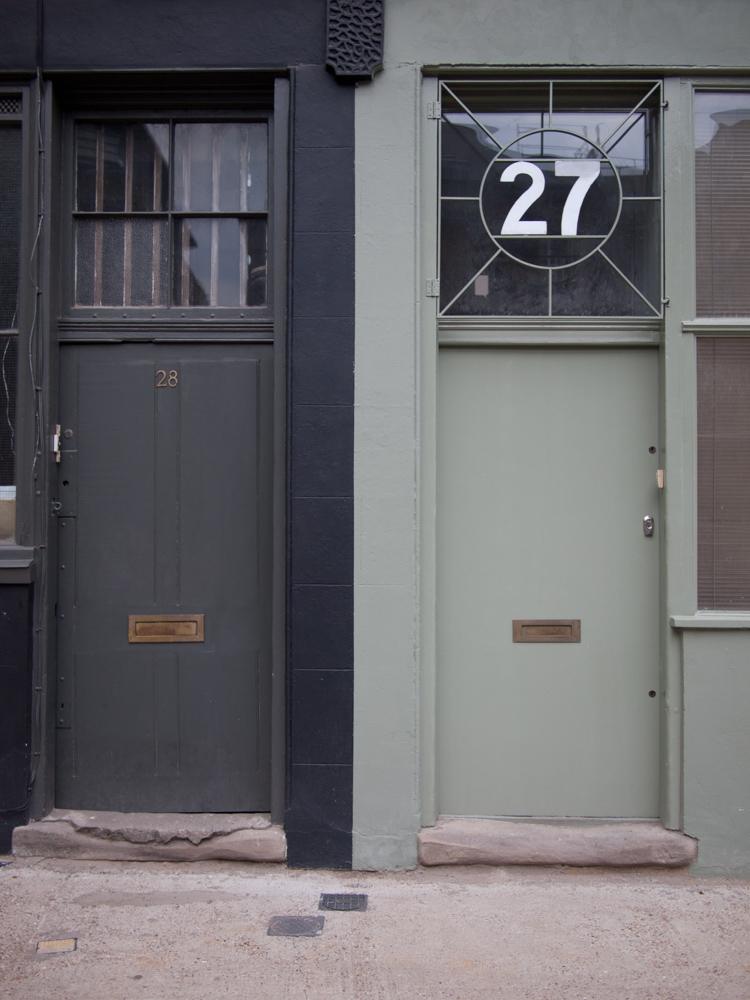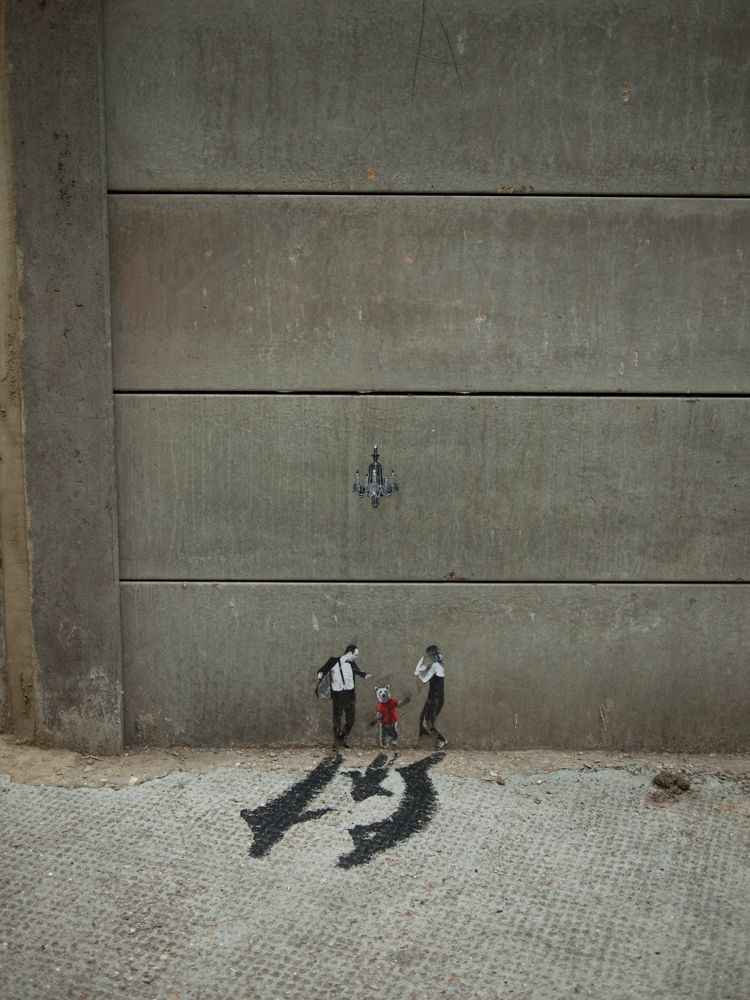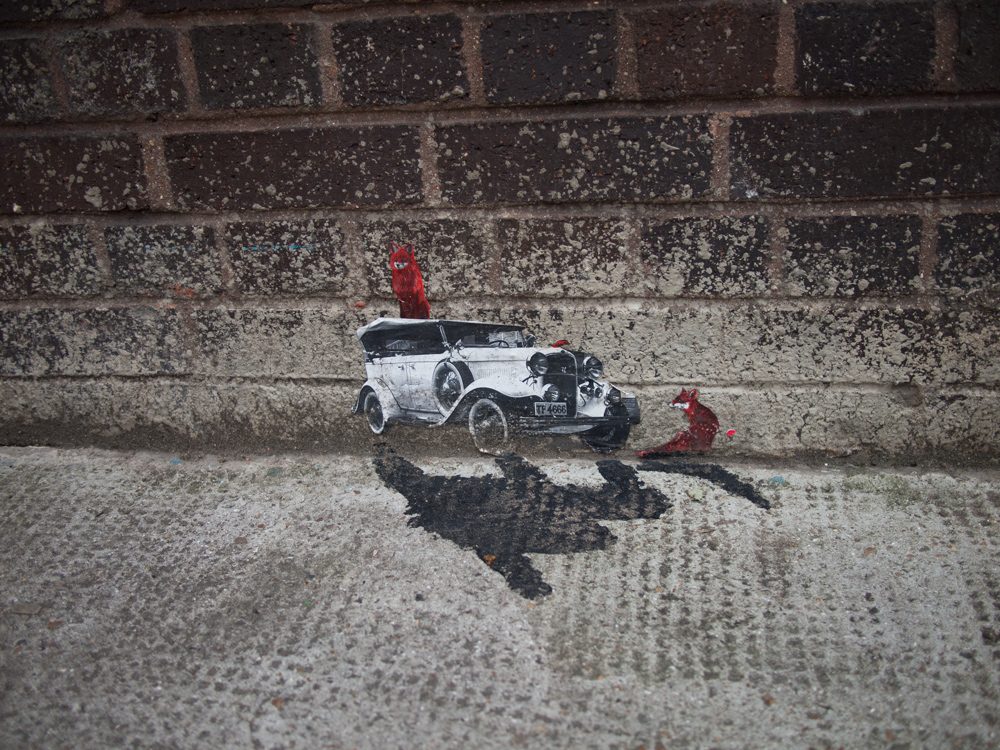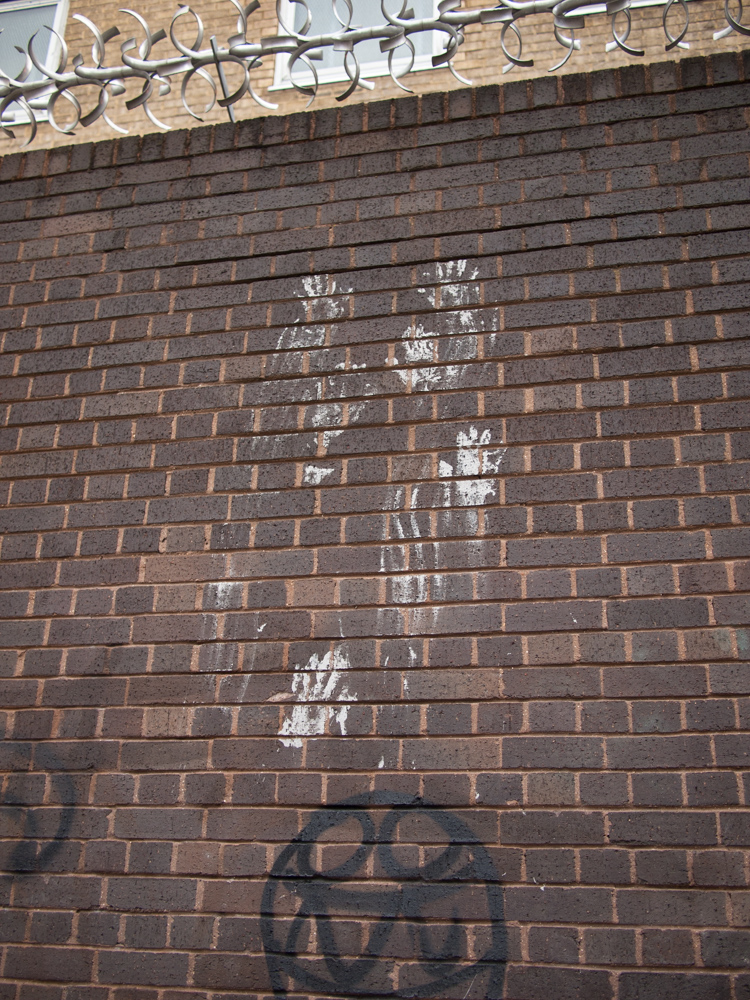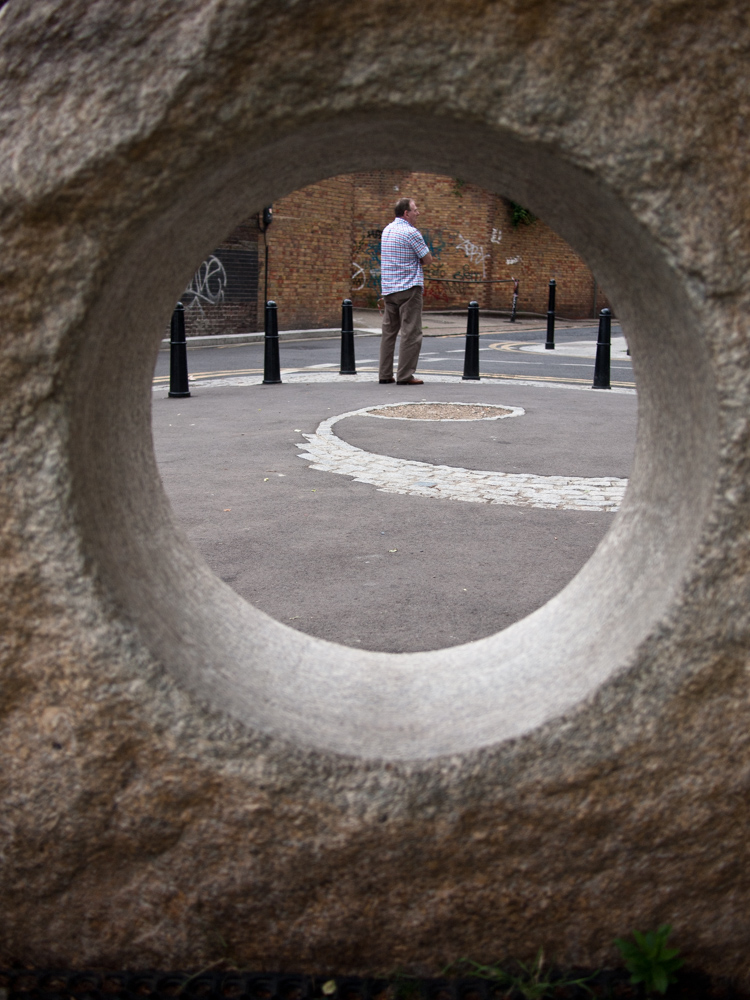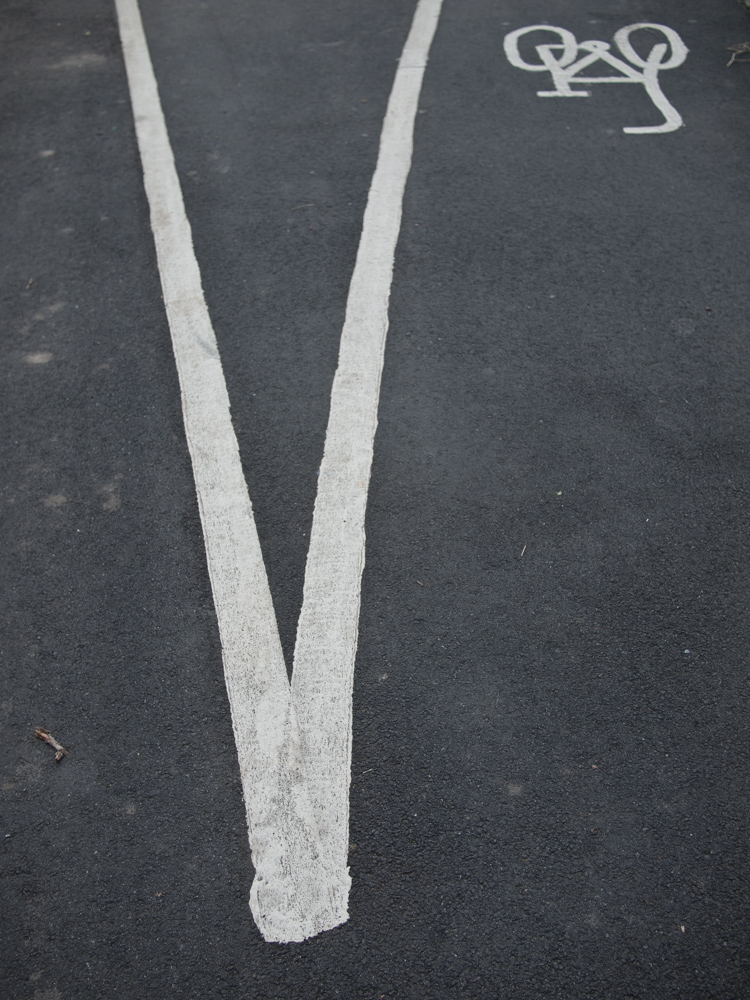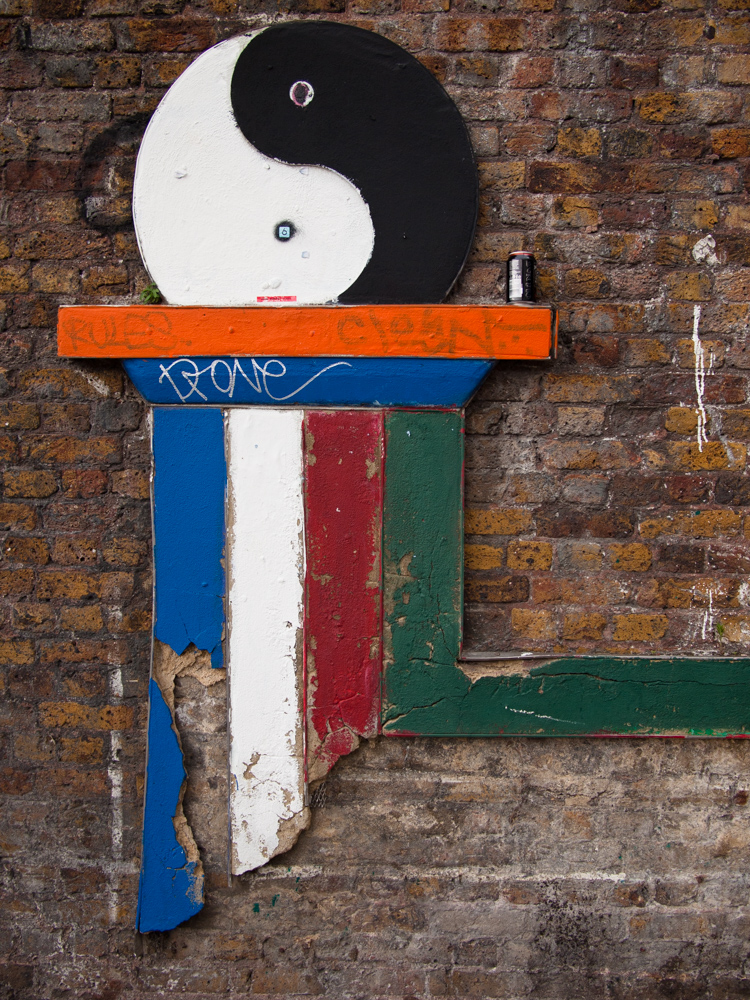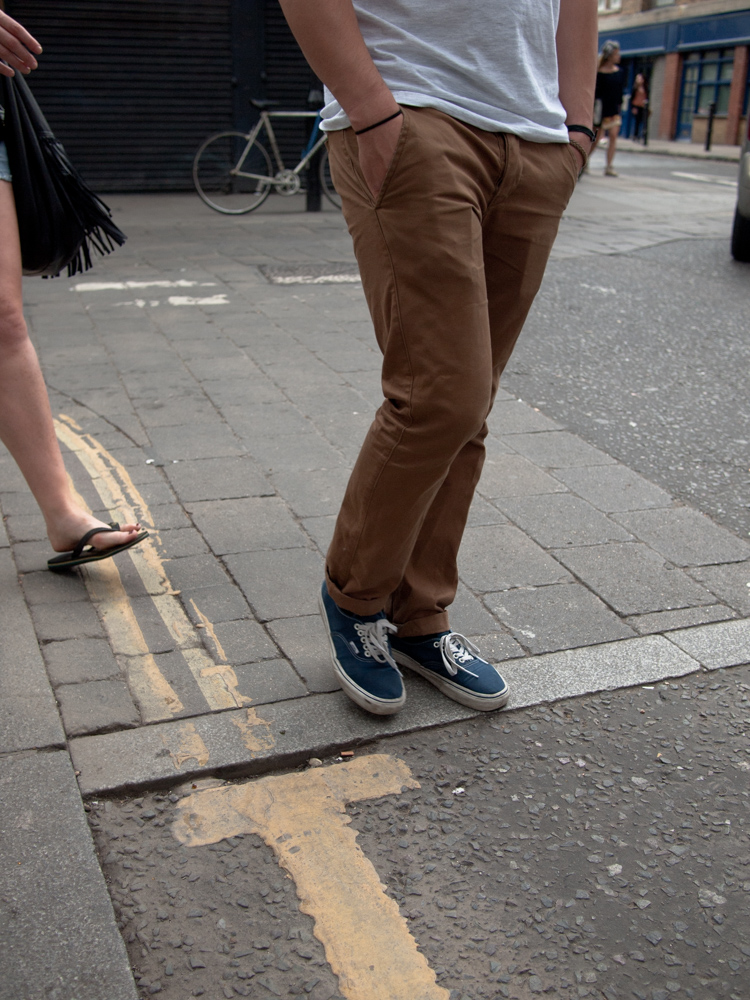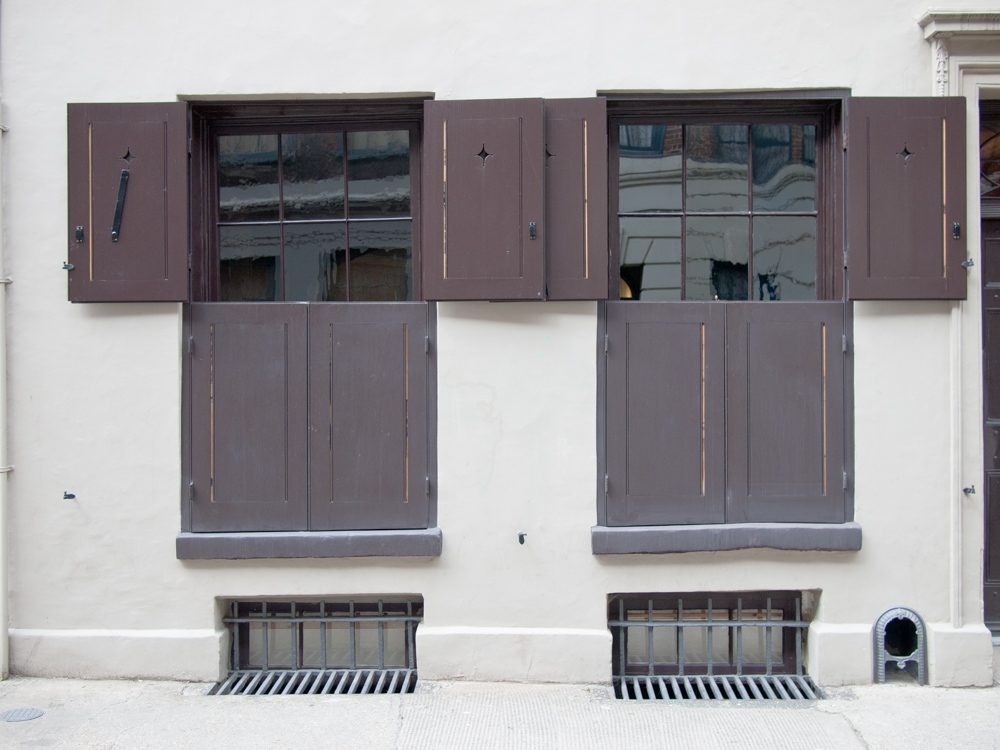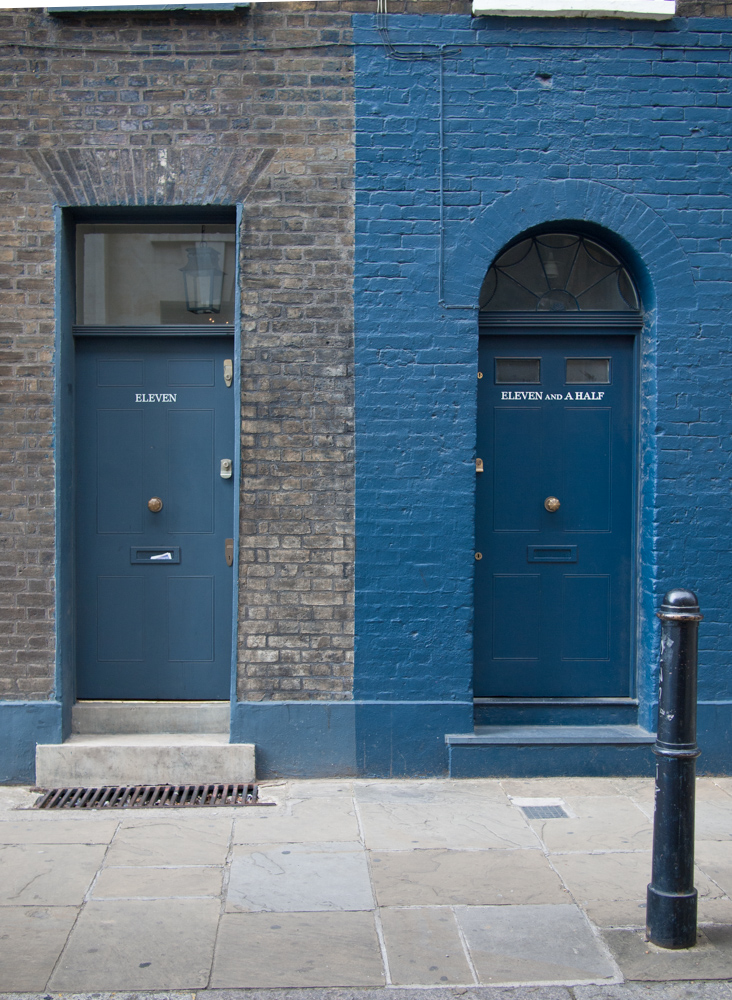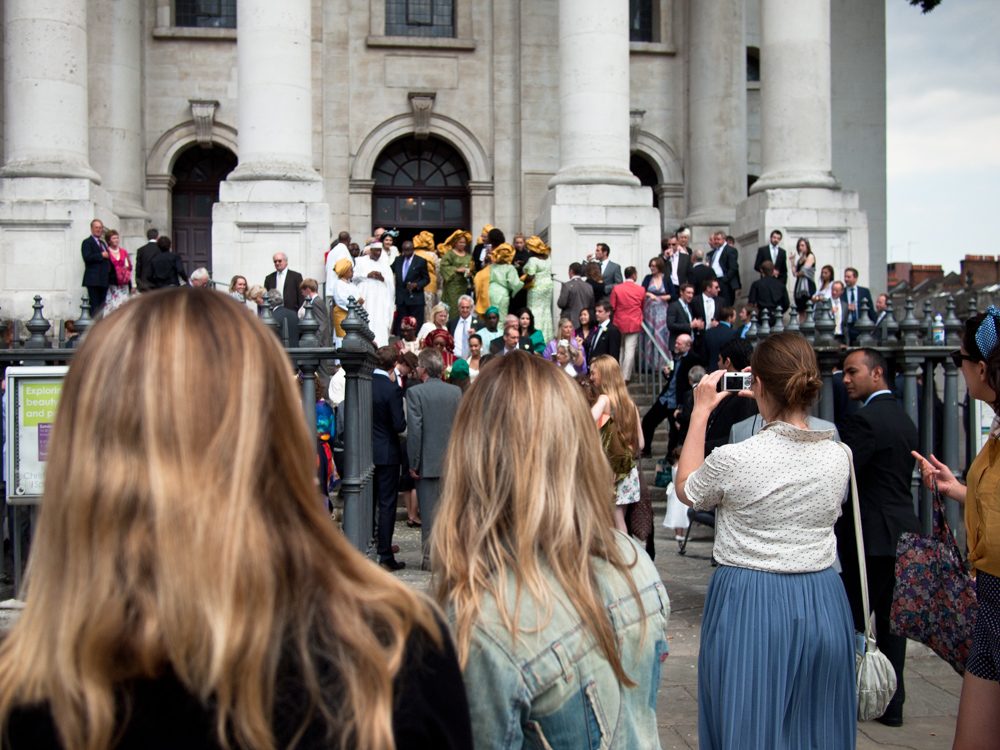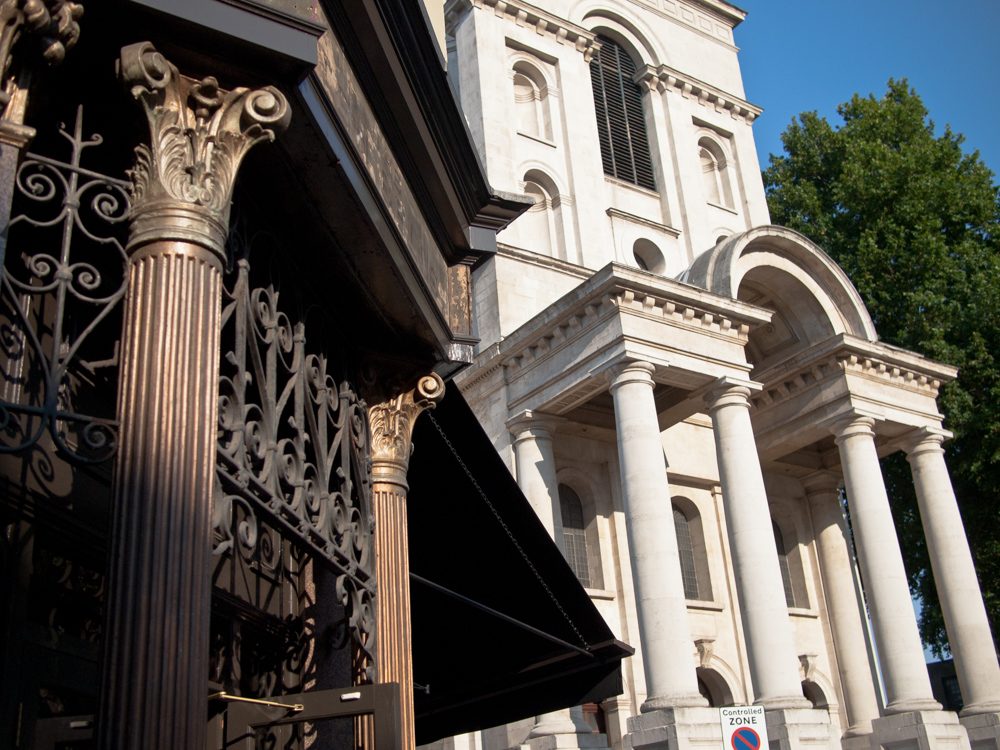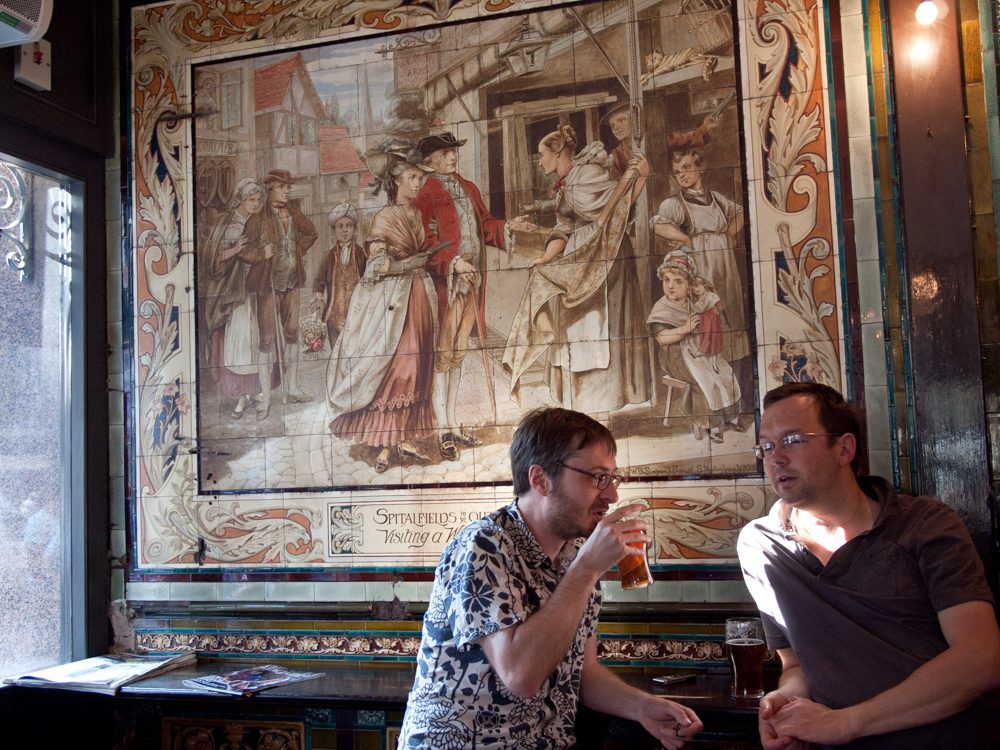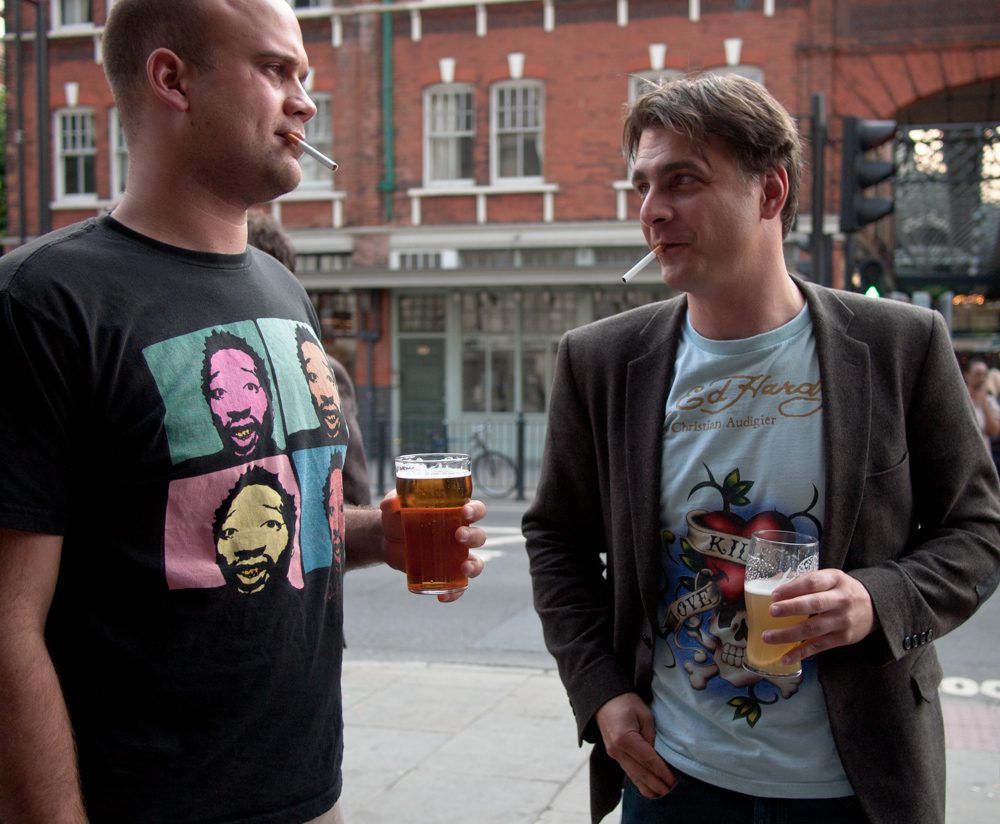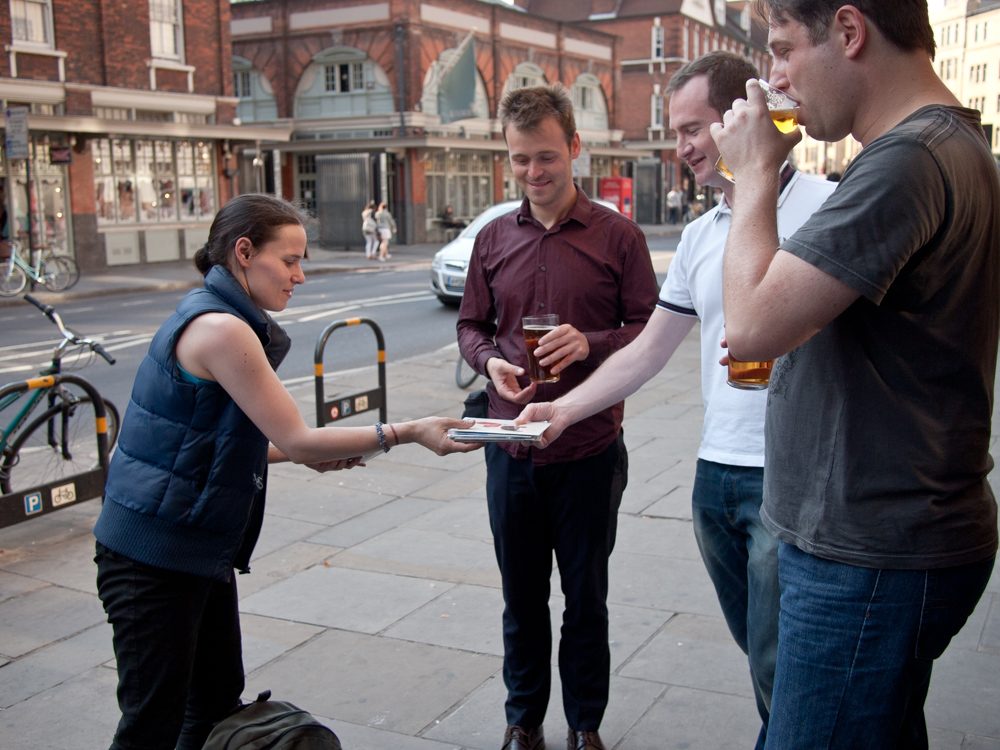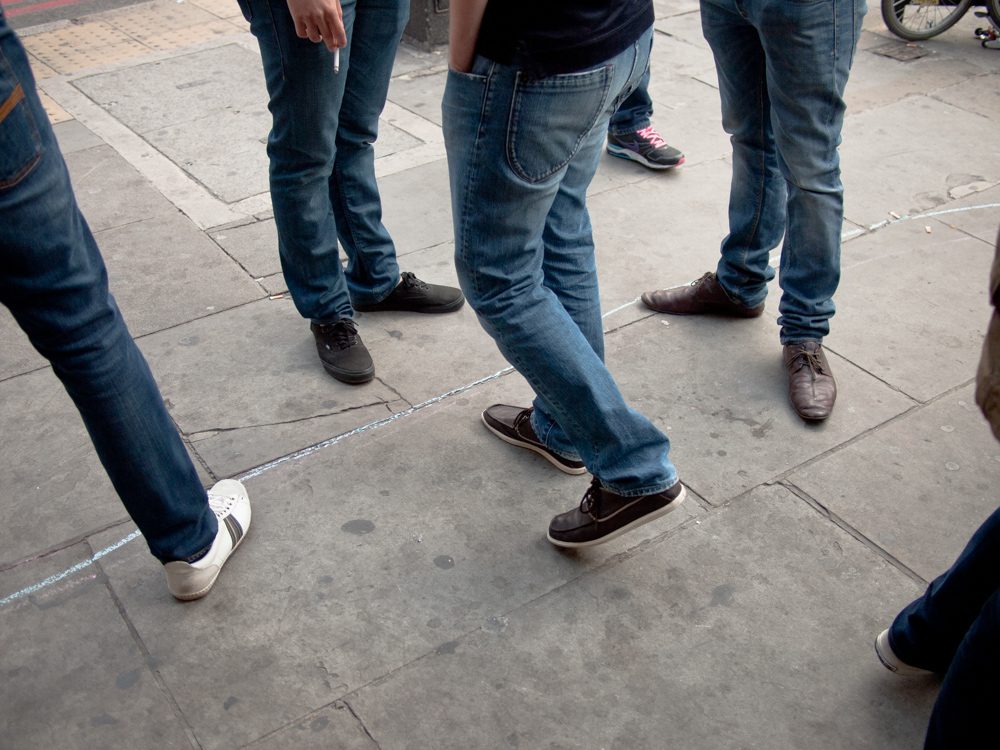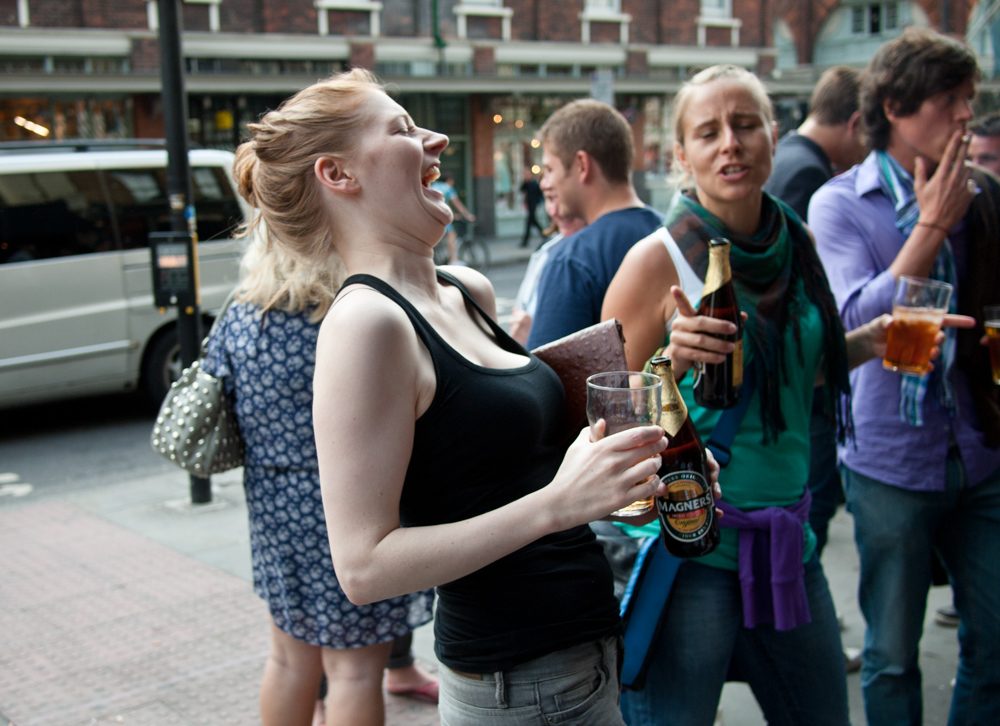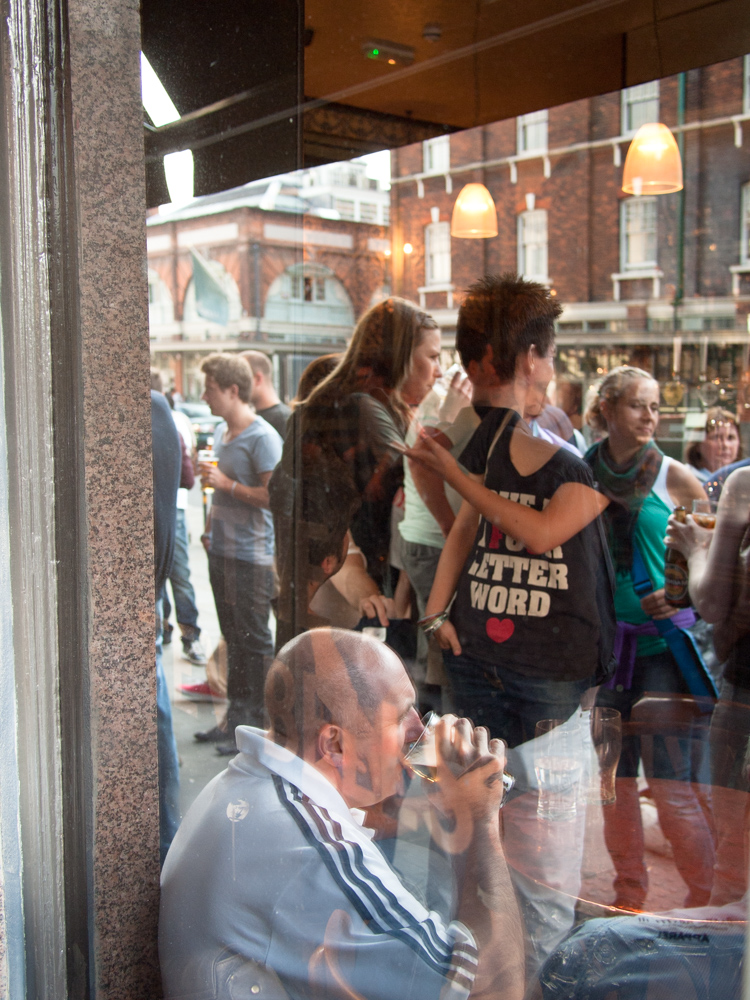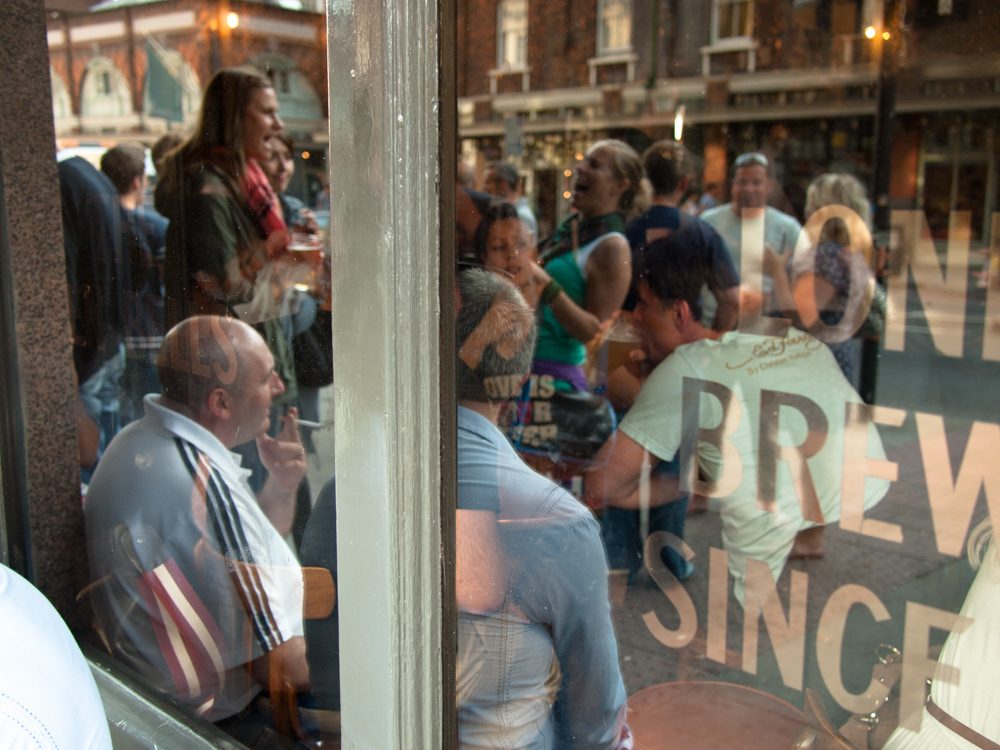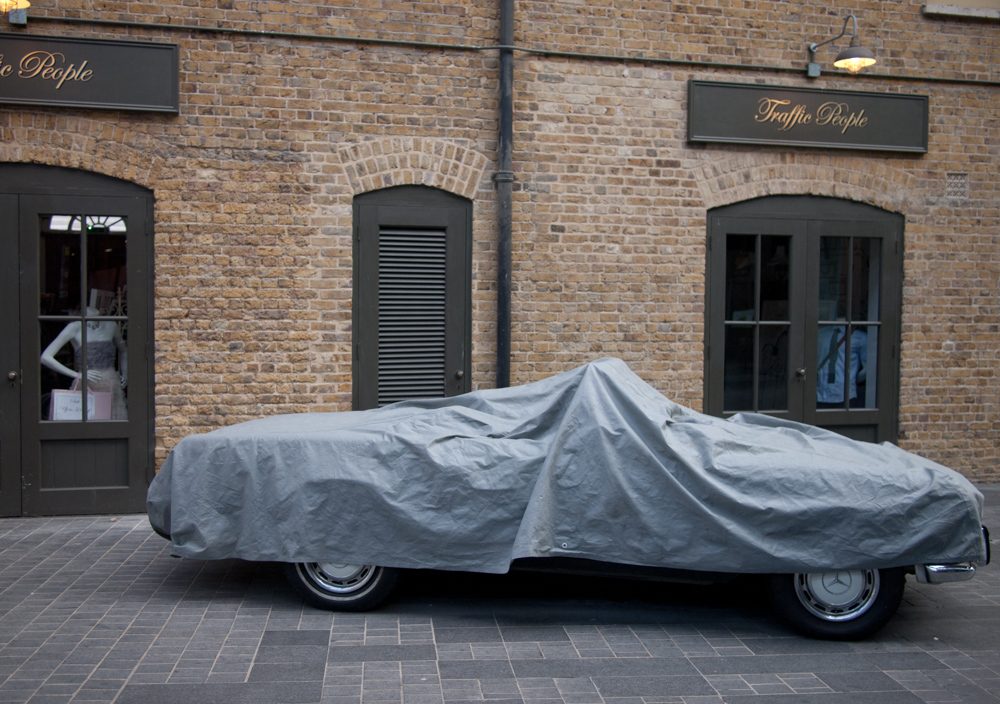Continuing the theme of the London Street Photography festival I took the opportunity to join a guided walk by Alan Dein around the Kings Cross area. The walk, part of a programme of events planned as part of the festival, took us behind Kings Cross and St Pancras stations – a vast re-development site.
Alan provided some context by showing how over the next few years the post industrial landscape of the area around the stations of Kings Cross and St Pancras will become the home for a new university campus for 5,000 students, a creative hub and the creation of new housing on what has for decades been a no mans land of empty warehouses and the detritus of a different era.
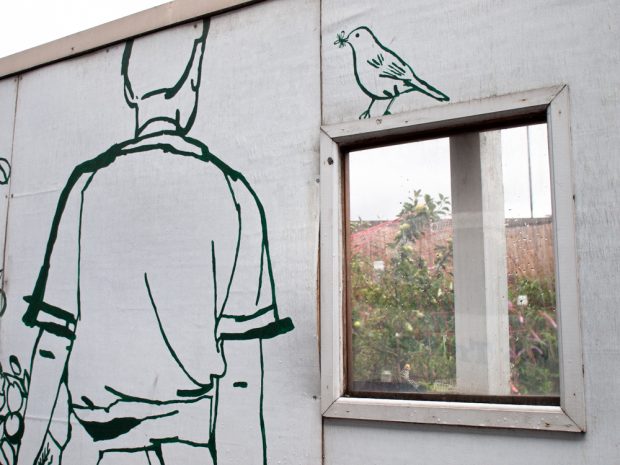
Pancras Road N1
We begin at the Eurostar terminal – walking north to the enclave of the Camley street gardens, an oasis in the midst of an industrial wasteland. From here we travel under the railway bridges that cut through the area to the old St Pancras churchyard, which once stretched across most of the area north of the Euston Road. As we leave the church gates we pass into Somers Town, a distinct community that has seen major re-development and ‘improvement’ over the years. I is also home to a variety of experiments in social housing including the St Pancras Home Improvement Society, established by Basil Jellicoe in the years following the 1st World War.
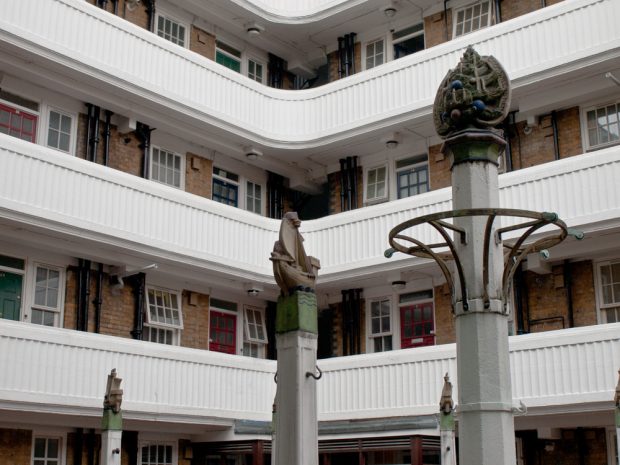
Somers Town N1
As we leave Somers Town by crossing the Euston Road we enter a distinctly different part of London – though we have only walked across the road…
